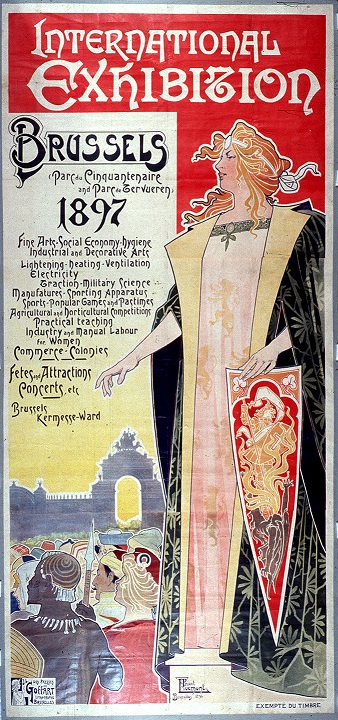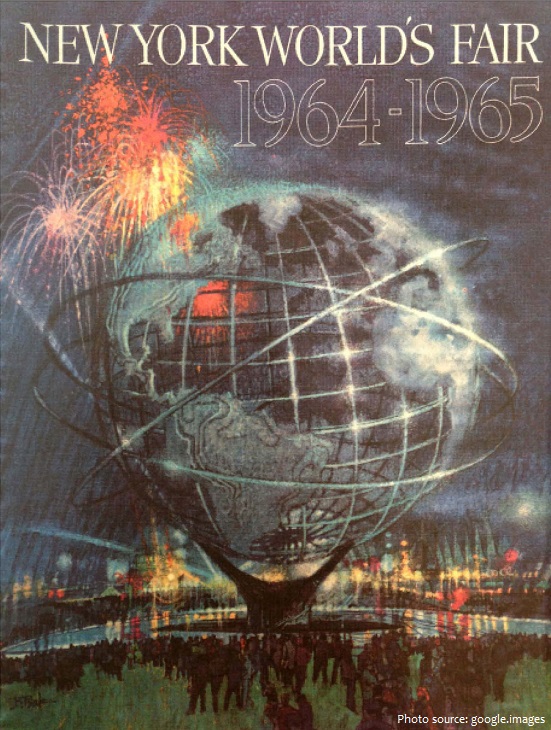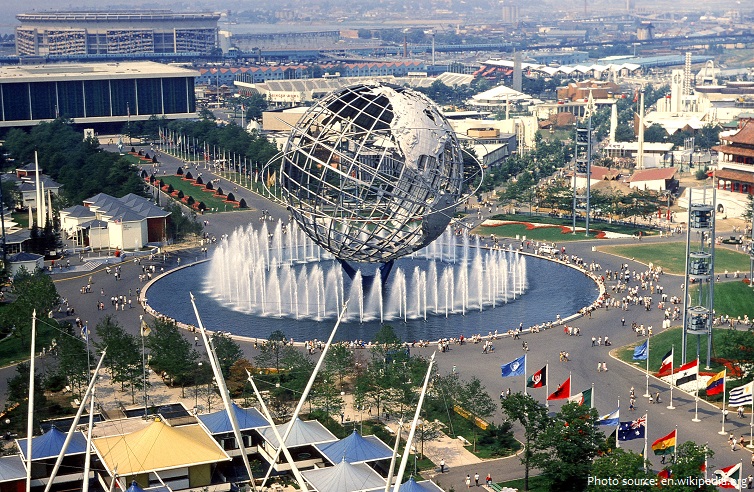
A world’s fair or world fair is a large international exhibition designed to showcase achievements of nations.
These exhibitions include exhibits from a significant number of countries and often have an entertainment zone in which visitors can enjoy rides, exotic attractions, and food and beverages.
Since the mid-19th century more than 100 world’s fairs have been held in more than 20 countries throughout the world.
Generally speaking, these events are called world’s fairs in the United States, international (or universal) expositions in continental Europe and Asia, and exhibitions in Great Britain.
From the Eiffel Tower and the Space Needle to the invention of television, chewing gum and hot dogs, world’s fairs have shaped our world. This resource digitises primary source material from hundreds of fairs – a vital collection for students of globalisation, imperialism, anthropology, mass communication, design and more.
Prestige was the prime motivator for hosting Worlds Fairs.
In 1791 Prague organized the first World’s Fair, Bohemia (modern-day Czech Republic). The first industrial exhibition was on the occasion of the coronation of Leopold II as a king of Bohemia, which took place in
Clementinum, and celebrated the considerable sophistication of manufacturing methods in the Czech lands during that time period.
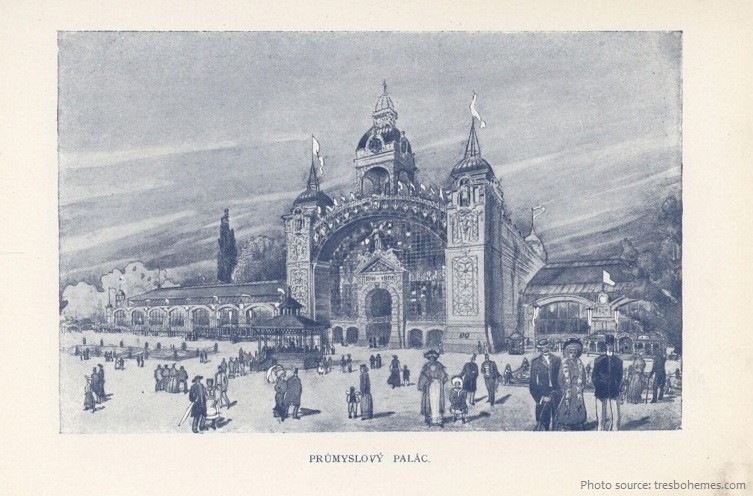
The French tradition of national exhibitions, a tradition that culminated with the French Industrial Exposition of 1844 held in Paris. This fair was followed by other national exhibitions in Europe.
In 1851, under the title “Great Exhibition of the Works of Industry of All Nations”, the World Expo was held in The Crystal Palace in Hyde Park, London, the United Kingdom. The Great Exhibition, as it is often called, was an idea of Prince Albert, Queen Victoria’s husband, and is usually considered to be the first international exhibition of manufactured products. It influenced the development of several aspects of society, including art-and-design education, international trade and relations, and tourism. This expo was the precedent for the many international exhibitions, later called World Expos, that have continued to be held to the present time.
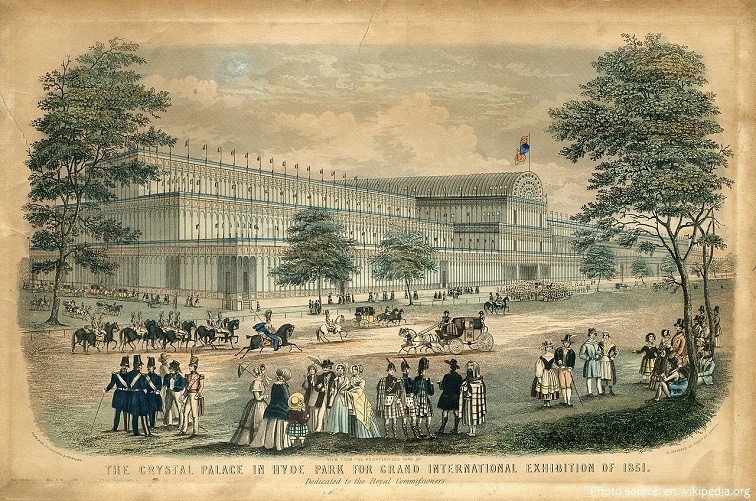
The Centennial International Exhibition of 1876, the first official World’s Fair to be held in the United States, was held in Philadelphia, Pennsylvania, from May 10 to November 10, 1876, to celebrate the 100th anniversary of the signing of the Declaration of Independence in Philadelphia. Officially named the International Exhibition of Arts, Manufactures, and Products of the Soil and Mine, it was held in Fairmount Park along the Schuylkill River on fairgrounds designed by Herman J. Schwarzmann. Nearly 10 million visitors attended the exposition, and 37 countries participated in it.
The Exposition Universelle of 1889 was a world’s fair held in Paris, France, from 5 May to 31 October 1889. It was the fourth of eight expositions held in the city between 1855 and 1937. It attracted more than thirty-two million visitors. The most famous structure created for the Exposition, and still remaining, is the Eiffel Tower.
The 1904 Olympic Games, officially the Games of the III Olympiad, were held in conjunction with the 1904 St. Louis fair, although no explicit coordination is evident. The Exposition Universelle Paris was also
concomitant with the Olympic Games.
The World’s Columbian Exposition was a world’s fair held in Chicago in 1893 to celebrate the 400th anniversary of Christopher Columbus’ arrival in the New World in 1492. The centerpiece of the Fair, held in Jackson Park, was a large water pool representing the voyage Columbus took to the New World. Chicago had won the right to host the fair over several other cities, including New York City, Washington, D.C., and St. Louis. The exposition was an influential social and cultural event and had a profound effect on architecture, sanitation, the arts, Chicago’s self-image, and American industrial optimism.
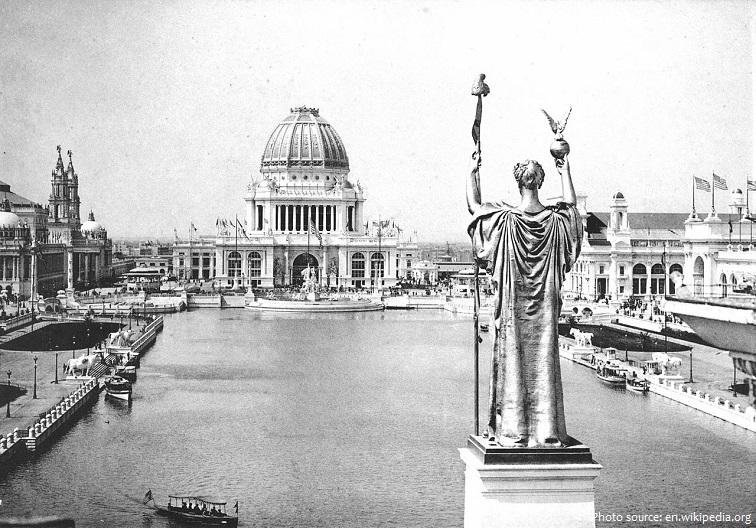
The 1939–40 New York World’s Fair, and those that followed, took a different approach, one less focused on technology and aimed more at cultural themes and social progress. For instance, the theme of the 1939 fair was “Building the World of Tomorrow”.
Many exhibitions and rides created by Walt Disney and his WED Enterprises company for the 1964 New York World’s Fair (which was held over into 1965) were moved to Disneyland after the closing of the Fair. Many of the rides, including “it’s a small world”, and “Great Moments with Mr. Lincoln”, as well as the building that housed the Carousel of Progress are still in operation.
The 1967 International and Universal Exposition in Montreal was promoted under the name Expo 67. Event organizers retired the term world’s fair in favor of Expo (the Montreal Expos, a former Major League Baseball team, was named for the 1967 fair).
From World Expo 88 in Brisbane onwards, countries started to use expositions as a platform to improve their national image through their pavilions. Finland, Japan, Canada, France, and Spain are cases in point. A major study by Tjaco Walvis called “Expo 2000 Hanover in Numbers” showed that improving national image was the main goal for 73% of the countries participating in Expo 2000.
